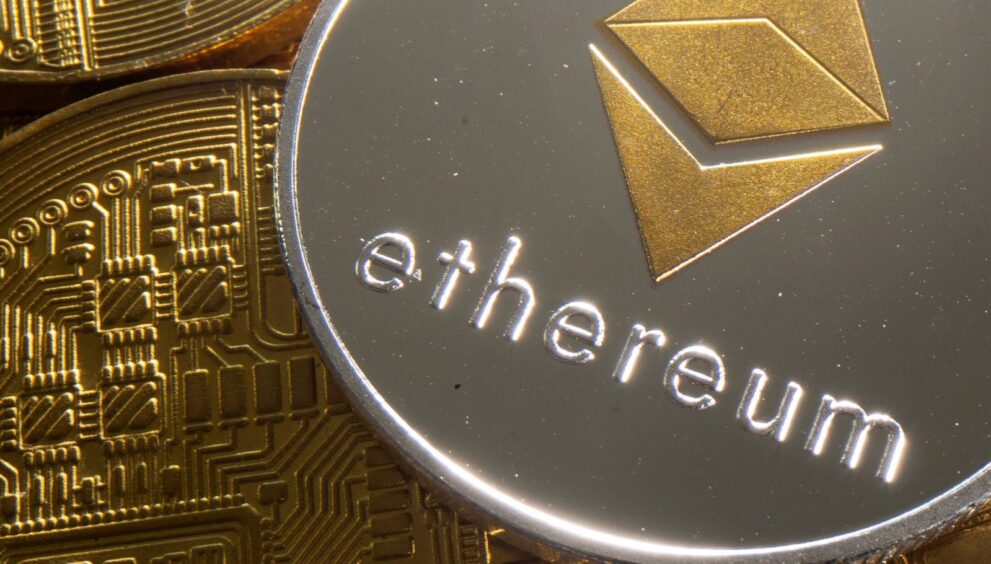Will Ethereum drop below $1,750 or reach $2,800?

There is significant uncertainty surrounding the future of Ethereum, especially with the decline in price predictions for 2025. As Ethereum slips below the $2,000 level, shaking investor confidence, banking giant Standard Chartered has revised its Ethereum prediction for 2025 from $10,000 to $4,000.
This decline follows losses in Ethereum’s market share after the growth of Layer-2 (L2) solutions that take transaction fees from Ethereum’s main network. Economists warn that a reduction in Ethereum’s future economic activities could negatively impact the network’s long-term value.
ETHEREUM’S MARKET POSITION AND LAYER-2 SOLUTIONS
Facing increased competition from Layer-2 solutions, Ethereum has entered a challenging period. Geoffrey Kendrick from Standard Chartered notes that Ethereum has now become a “commodity.” Users shifting towards Layer-2 solutions that offer cheaper and faster transaction fees threaten Ethereum’s revenue model. L2 solutions redirect revenues earned by Ethereum validators to other platforms, weakening Ethereum’s market share. Allegations that Coinbase’s Bas chain stole $50 billion from Ethereum’s market value highlight the seriousness of this situation.
The decline in Ethereum’s revenue model has prompted analysts to question the network further. While L2s increase transaction volume on the Ethereum network, concerns arise about the sustainability of ETH’s fee-based revenue structure in the long run. Ethereum may need to make radical reforms to address these issues; otherwise, it risks losing its position as the leading platform for smart contracts.
MARKET ANALYSIS AND TECHNICAL INDICATORS
Ethereum’s price predictions continue to show a downward trend as ETH fails to surpass the $2,000 resistance level, with indicators pointing to a potential drop towards $1,500. Technical indicators, notably the Relative Strength Index (RSI) and Stochastic Oscillator, indicate an increasing downward momentum for Ethereum. Market liquidations in the crypto space reinforce the prevailing uncertainty. According to Coinglass data, the past week saw the liquidation of $30.21 million worth of futures contracts, resulting in movements of $15.77 million and $14.25 million in long and short-term operations, respectively. However, if the Ethereum price remains above $2,200 in daily closings, it could initiate a bullish run towards $2,800.
INSTITUTIONAL DEMAND AND COMPETITION
The institutional demand for Ethereum has declined to some of the lowest levels in recent years due to the rapidly accelerating competing blockchain networks. While Ethereum continues to lead as a platform for dApps and smart contracts, the increased competition among rival blockchain networks further erodes Ethereum’s market share. This underscores the growing uncertainty about Ethereum’s future leadership.
ETHERRUM’S FUTURE PERSPECTIVE
Although Kendrick suggests that Ethereum could introduce fees on Layer-2 networks to recover lost revenue, he remains pessimistic about the effectiveness of this strategy. Referencing governments taxing state-owned mining companies, he questions the extent to which Layer-2 solutions could improve Ethereum’s revenue structure. Without intervention, the likelihood of Ethereum delivering low performance among crypto investors in the long run increases. Standard Chartered predicts that Ethereum’s blockchain economic activities will continue to decline until 2027. Short-term recoveries may occur, but the adoption of Layer-2 solutions will make it harder for Ethereum to regain its past leadership in the digital asset market. Some analysts believe that Ethereum’s long-term success depends on how effectively it manages Layer-2 integrations. The gradual transition to Ethereum 2.0, increasing scalability, and efficiency could mitigate the impact of Layer-2 solutions, but these upgrades are necessary for the network to regain confidence in its economic health.






















































































































































































































































































































































































































































































































































































































































































































































































































































































































































































































































































































































































































































































































































































































































































































































































































































































































































































































































































































































































































































































































































































































































































































































































































































































































































































































































































































































